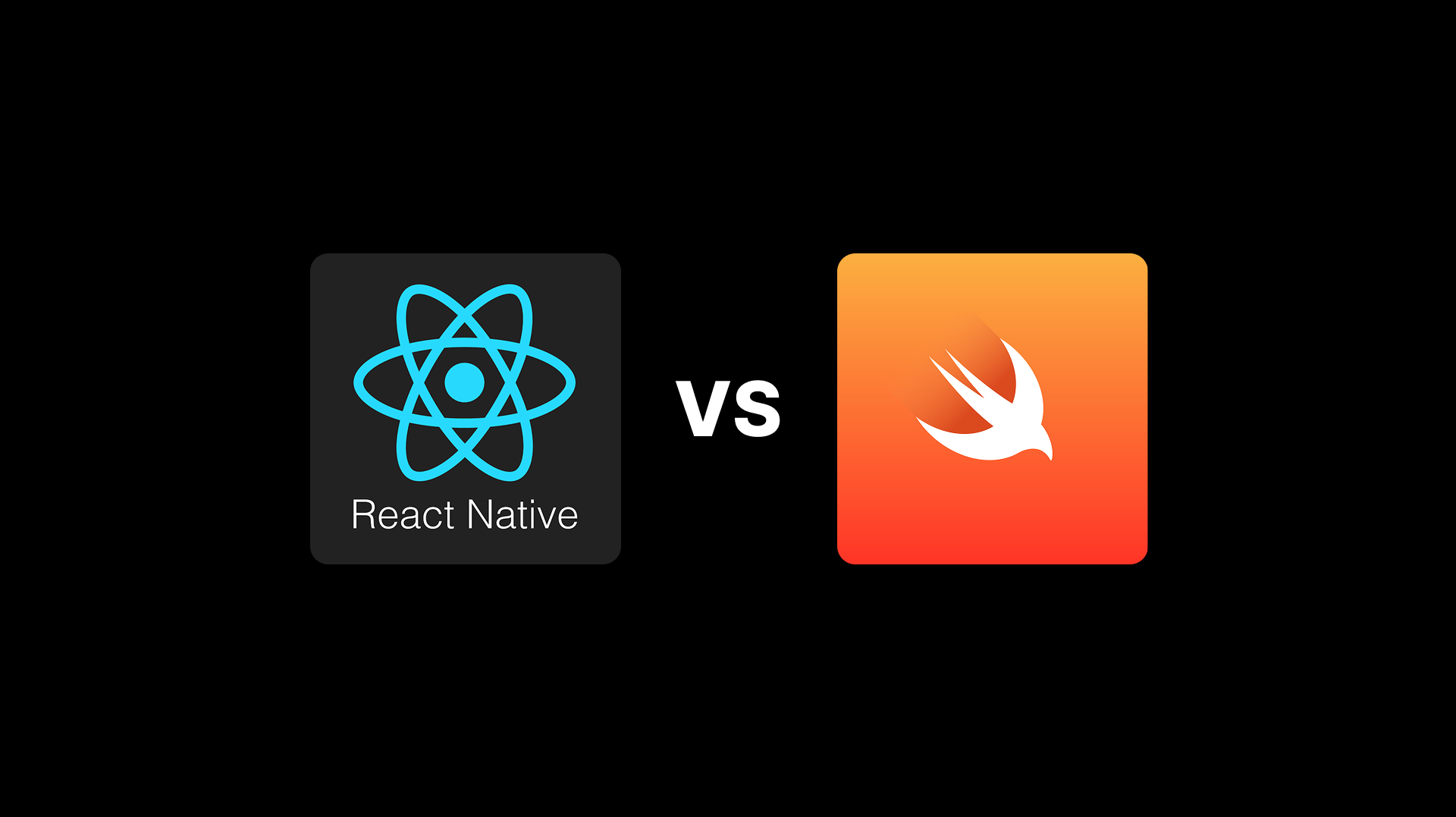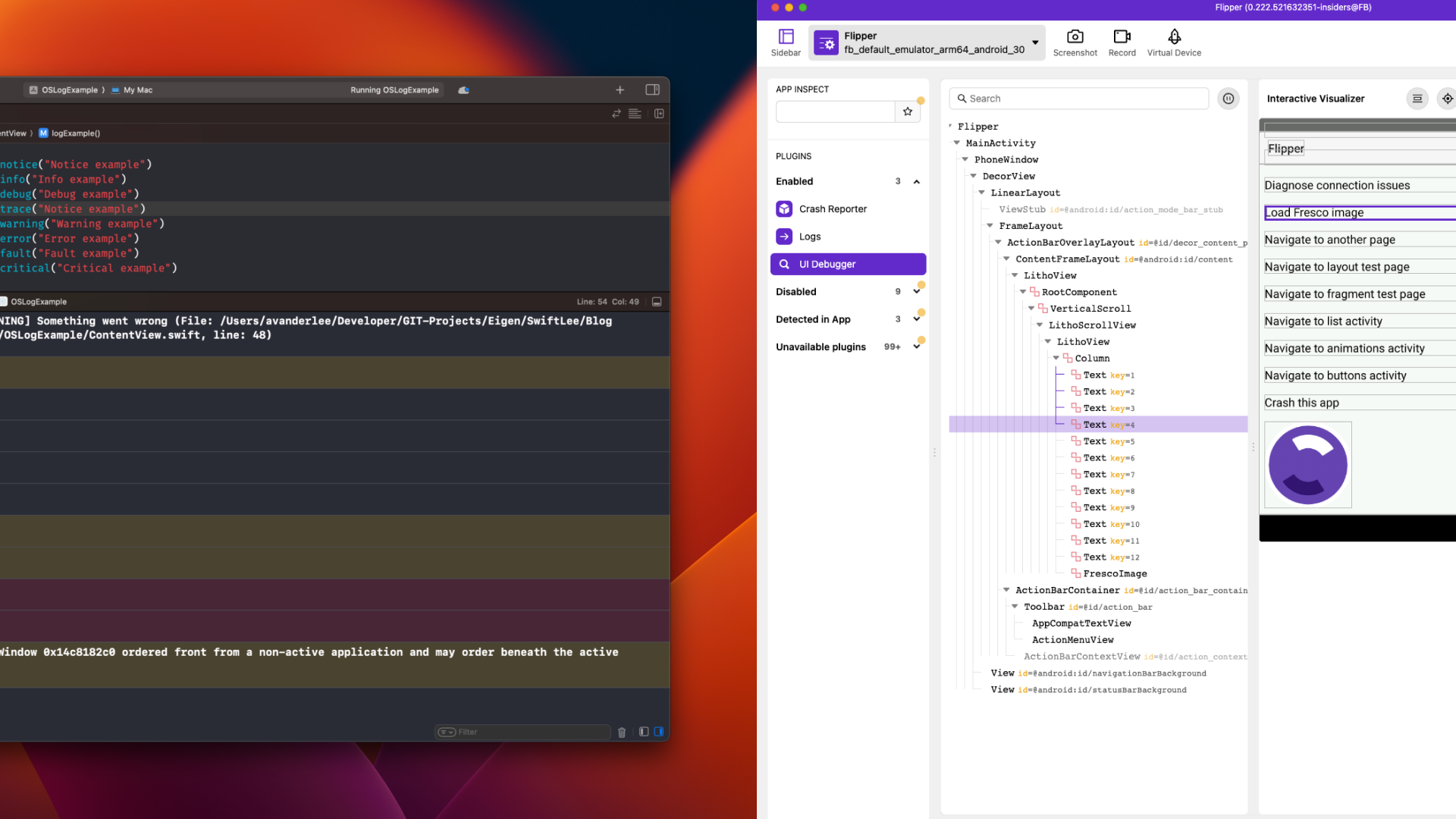React Native vs Swift: Complete Guide for App Development Success
Fernando Chaves
August 17, 2025


Understanding React Native
Understanding Swift
Code Reusability and Sharing
import React from 'react';
import { View, Text, StyleSheet, Platform } from 'react-native';
export default function Welcome() {
return (
<View style={styles.container}>
<Text style={styles.text}>
{Platform.OS === 'ios' ? 'Welcome iOS User!' : 'Welcome Android User!'}
</Text>
</View>
);
}
const styles = StyleSheet.create({
container: { flex: 1, justifyContent: 'center', alignItems: 'center' },
text: { fontSize: 20 }
});
Native Integrations and Device APIs
import LocalAuthentication
func authenticateUser() {
let context = LAContext()
var error: NSError?
if context.canEvaluatePolicy(.deviceOwnerAuthenticationWithBiometrics, error: &error) {
context.evaluatePolicy(.deviceOwnerAuthenticationWithBiometrics, localizedReason: "Please authenticate") { success, _ in
print(success ? "Authenticated" : "Failed")
}
}
}

Debugging and Tooling

Performance and Stability
App Store Review and Compliance
| Feature | React Native | Swift (Native) |
|---|
| Code Reuse | Up to 90% across platforms | None; Apple-only |
| Development Speed | Very fast for cross-platform | Fast for iOS-only |
| API Access | Through bridges; custom native code may be needed | Direct and immediate |
| Performance | Near-native for most apps | Full native performance |
| Tooling | Hot reload, Chrome DevTools, Flipper | Xcode, Instruments, SwiftUI previews |
| Talent Pool | Large JavaScript/React community | Smaller, specialized iOS developers |
| Cost | Lower for cross-platform development | Higher for specialized Apple development |
| Maintenance | Easier for multi-platform apps | Easier for Apple-only apps |


Maintenance and Scaling
Deployment and Updates













